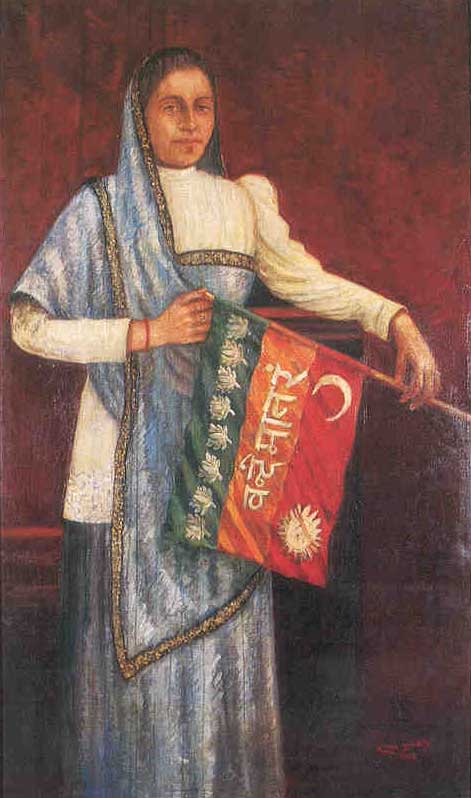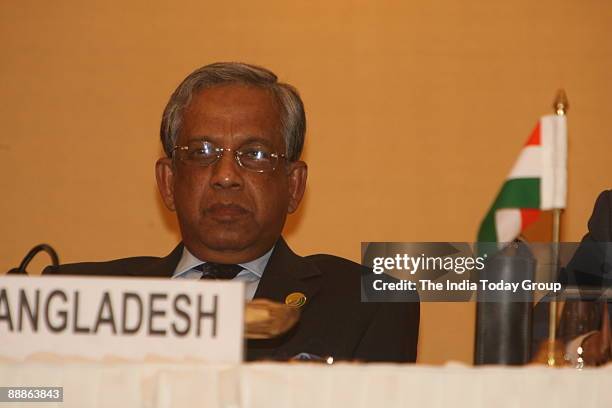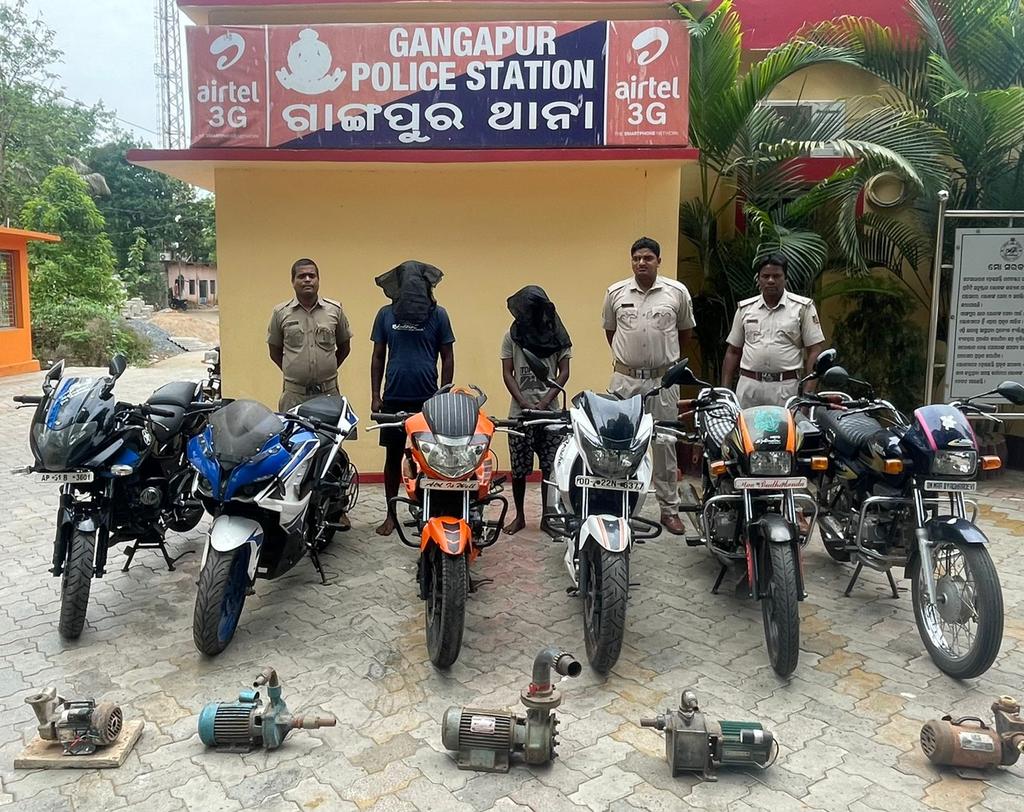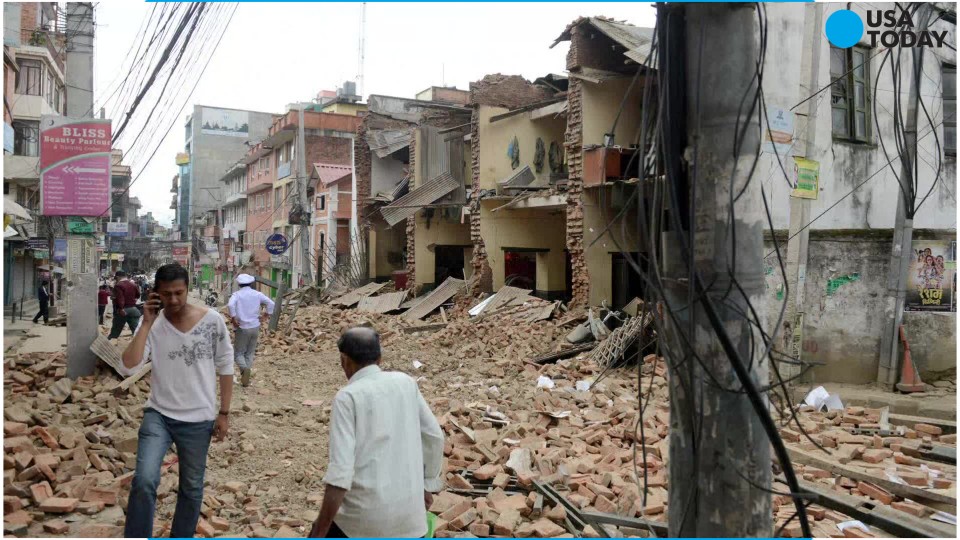


Bhikaiji Patel-Cama, a prominent feminist-nationalist and freedom fighter from India, made history by hoisting the Indian flag at the International Socialist Conference in Germany on August 2, 1907. At a time when the Indian freedom movement was dominated by men, her bold act drew global attention to the country's plight and struggle for independence from British rule. Despite her significant contributions, Bhikaiji Patel-Cama remains a lesser-known figure in India's history, overshadowed by her male counterparts. This article delves into the life of this extraordinary woman, exploring her role in India's fight for freedom and her lasting legacy.
Bhikaiji Cama: A Trailblazing Freedom Fighter Who Hoisted the Indian Flag Abroad
Bhikaiji Cama was a pioneering feminist, nationalist, and freedom fighter who played a pivotal role in India's independence movement. Her bold act of hoisting the Indian flag at the International Socialist Conference in Stuttgart, Germany, on August 2, 1907, made her an icon and brought international attention to India's struggle for freedom.
Early Life and Education:
Bhikaiji Cama was born on September 24, 1861, in Bombay (now Mumbai). Her father, Sorabji Patel, was a wealthy Parsi businessman, and her mother, Jaijibai, was a devout Jain. Cama received a Western-style education at Alexandra Girls' English Institution and developed a keen interest in politics and social justice.
Political Activism:
Cama became involved in the Indian freedom movement in the early 1900s. She joined the Indian National Congress and worked closely with Dadabhai Naoroji, a prominent nationalist leader. In 1902, she was forced to flee India after being implicated in a plot to assassinate the Governor of Bombay.
Exile in Europe:
In exile in Europe, Cama continued her political activism. She established the Paris Indian Society and published the revolutionary journal "Bande Mataram." She also forged alliances with other Indian revolutionaries, such as V.D. Savarkar and Lala Lajpat Rai.
The Stuttgart Conference:
In 1907, Cama attended the International Socialist Conference in Stuttgart. It was during this conference that she unfurled the first Indian tricolor flag outside India. The flag featured three horizontal stripes of green, saffron, and red, with the Vande Mataram mantra inscribed in the center.
Indian National Flag:
Cama's flag inspired Indian nationalists around the world. It became a symbol of India's struggle for independence and a rallying point for freedom fighters. The flag was officially adopted as India's national flag in 1947.
Later Life and Legacy:
Cama returned to India in 1914 after the outbreak of World War I. She continued to be active in politics, but her health declined later in life. She passed away on August 13, 1936, in Bombay.
Top 5 FAQs Related to Bhikaiji Cama and the Indian Flag:
Who designed the Indian flag?
What do the colors of the Indian flag represent?
What was Bhikaiji Cama's role in the Indian independence movement?
What was the significance of Cama's flag hoisting?
When was the Indian flag officially adopted?

Indian Prime Minister Narendra Modi welcomed Chilean President Gabriel Boric at Hyderabad House in New Delhi. The two leaders discussed ways to strengthen the already "strong" bilateral ties between the two countries. President Boric also paid tribute to Mahatma Gandhi at Raj Ghat, emphasizing the shared fundamental values between India and Chile. This is President Boric's first visit to India since taking office and he is accompanied by a high-level delegation of ministers, officials, media, and prominent Chileans.

Chilean President Gabriel Boric is set to begin a five-day state visit to India on Tuesday, at the invitation of Prime Minister Narendra Modi. The visit will focus on reviewing bilateral ties and discussing international issues of mutual interest, with meetings scheduled between Boric and Modi, as well as President Droupadi Murmu. Additionally, Union Finance Minister Nirmala Sitharaman will launch a portal providing comprehensive data on socio-economic and fiscal parameters of Indian states, while the Supreme Court is scheduled to hear a plea challenging the validity of a provision of the Places of Worship (Special Provisions) Act, 1991.

NASA astronaut Sunita Williams has announced her plans to visit India and meet the Indian Space Research Organisation (ISRO) team during her trip. Williams, who has Indian roots, shared her excitement about returning to her father's home country and expressed admiration for India's beauty from space. She also mentioned her interest in the upcoming ISRO mission and its Indian astronauts.

Bangladesh Chief Adviser Muhammad Yunus recently visited China and urged Beijing to extend its economic influence to the country, mentioning that India's northeastern states being landlocked could be seen as an opportunity. The remark, made during Yunus' trip, has sparked controversy on social media. Yunus also called Bangladesh the only guardian of the ocean in the region, and stated that this could be a huge opportunity for China to extend its economy.

During an Eid al-Fitr prayer speech, Turkish President Recep Tayyip Erdogan used strong language, calling for the destruction of Israel. He also referred to Allah as "al-Qahhar" and wished for mercy upon martyrs and a speedy recovery for veterans. In his nationwide holiday message, Erdogan criticized the ongoing violence in Gaza and called for action from Western countries. Israel's Foreign Minister Gideon Sa’ar responded to Erdogan's statements, condemning him as antisemitic and dangerous to the region and his own people.

Inspector Rakesh Tripathi and his team were met with hostility from villagers during a motorcycle recovery operation in Telenga village, Odisha. The suspects managed to escape, prompting an intensified manhunt from authorities. The incident illustrates ongoing tensions within local communities and the need for cooperation to ensure justice is served.

The Arab countries of UAE and Saudi Arabia have officially declared the start of Eid-ul-Fitr today, concluding the holy month of Ramadan. In India, Eid is likely to be celebrated tomorrow, with the exact date depending on the sighting of the crescent moon. As families and friends come together to celebrate, here are some WhatsApp messages to share with loved ones.

After a month of fasting during Ramadan, the crescent moon has been sighted in Saudi Arabia, signaling the end of the holy month. Muslims living in Gulf countries will celebrate Eid-ul-Fitr on March 30, 2025 with traditional prayers, charity, gift-giving, feasting, and visiting relatives. More than just a religious holiday, Eid ul Fitr is a celebration of love, gratitude, and family unity that Muslims around the world look forward to every year.

In response to two devastating earthquakes hitting Myanmar, India has launched ‘Operation Brahma’ to send 15 tonnes of relief material. The aid was transported by an Indian Air Force C-130J aircraft and includes tents, blankets, food packets, and essential medicines. Indian Prime Minister Narendra Modi offered assistance and External Affairs Minister Dr S Jaishankar shared visuals of the aid arriving in Yangon. India acted as a “first responder” to assist the people of Myanmar in the aftermath of the natural disaster.

In British Columbia, a young woman's marriage to a member of an India-based "cult group" has been annulled by a judge, who ruled that she did not truly consent to the 2023 wedding. The woman claimed to have been manipulated and overwhelmed by the man and his family's constant advances, which even included bringing a religious gift to her workplace. The ruling sheds light on the often-hidden issue of forced marriages in certain religious communities and the legal recourse available to those who have been coerced into marriage.